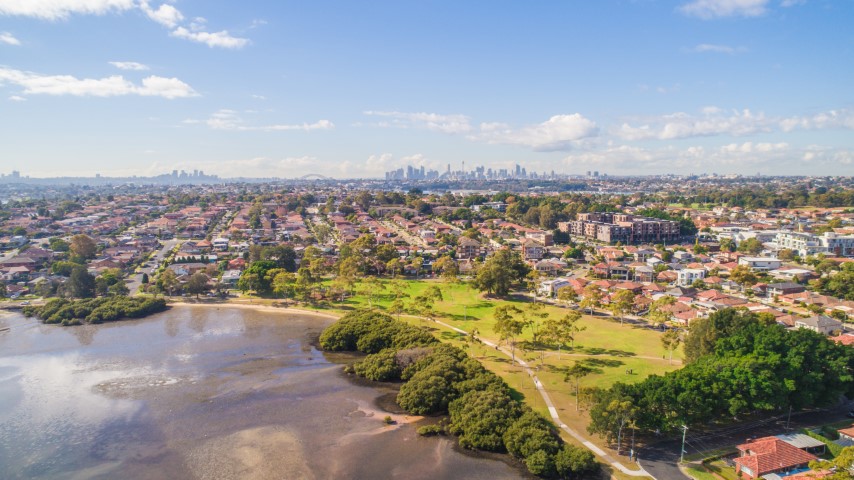- Residents
-
Community
-
Community services
-
Facilities & venues
-
Get involved
-
Parking & transport
-
 Help plan the City of Canada Bay's future and steer decisions on issues that matter to you.Share your feedback Collaborate Canada Bay
Help plan the City of Canada Bay's future and steer decisions on issues that matter to you.Share your feedback Collaborate Canada Bay
-
Community services
- Lifestyle
-
Business
- Development
- Council
What goes in my bin
Breadcrumb
- City of Canada Bay Council
- Residents
- Waste & recycling
- My bins
- What goes in my bin
Check out our what goes where item look-up for information on how to correctly manage a broad range of materials.
Download our printable Resource Recovery and Waste Guide.
Bin Posters: What goes in each bin
What goes in my red-lidded waste bin?
What goes in my yellow-lidded recycling bin?
What goes in my green-lidded garden organics bin?
Did you know that on average, each household in the City of Canada Bay incorrectly places 73kg of recycling in their red-lidded waste bin each year? Learn how to reduce your waste and recycle right! Click here to view the City of Canada Bay recycling videos in your language.
Bin Posters: What goes in each bin
What is contamination?
Contamination is any material that is not permitted to be placed in either the yellow-lidded recycling bin, or the green-lidded garden organics bin. These items may not be allowed for a variety of reasons. Contamination by placing the incorrect materials in the recycling and/or garden organics bin may result in the contents being unsuitable for reprocessing. In many cases, just one bin containing contaminated material may result in an entire truckload being rejected for reprocessing, meaning it becomes unusable and is disposed of to landfill at a much greater environmental and financial cost.
Bin checks by collection vehicle drivers and education officers
All our contractor's collection vehicles are fitted with cameras to allow the contents of the bins to be viewed as they are being emptied into the trucks. At other times, an education officer may check the contents by lifting the lids on the bins. Residents who place incorrect items in the recycling or garden organics bins may receive a letter to remind them of the materials that should be placed in the bin. Heavily contaminated bins may not be emptied as the contents are not suitable for processing. In these instances, residents are required to remove the contaminants from the bin before it can be emptied. Where ongoing contamination of a bin occurs, and where the resident has received several letters addressing the issue, Council may suspend the service.
If you live in a unit or are a strata or building manager, check out our Information for apartments page for more information.
For our kerbside recycling system to work, all recyclable materials need to be placed loose into kerbside recycling bins.
Recycling that is tied up inside plastic bags and placed in your kerbside recycling bin will not get recycled, as bags cannot be opened at the sorting facility. Instead they get sent straight to landfill, wasting your effort and the valuable materials inside.
Why can’t sorting facilities open up plastic bags?
Opening up plastic bags is too dangerous for staff at the facilities, as they have been known to occasionally hold needles, chemicals and other toxic waste. The bags themselves can also become tangled in sorting machinery, causing costly delays and breakdowns.
Keep your recycling loose!
You can collect your recycling inside anything as long as you tip it loose into the recycling bin. Most people find it easiest to use a bin, crate, box or a hanging reusable bag which gets filled up, tipped out, and brought back inside to use again.
